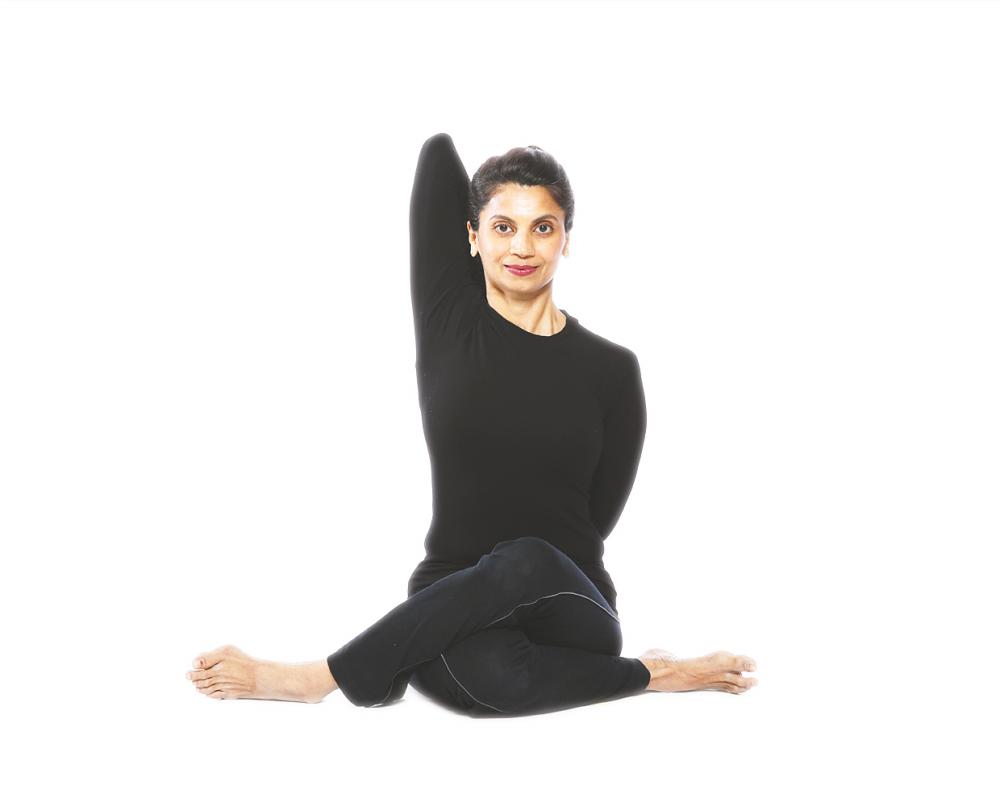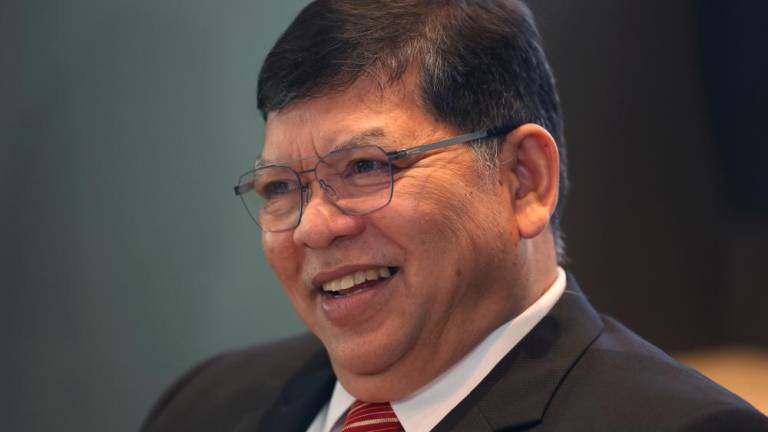The question: “Are you breating correctly?” may seem odd, and draw puzzled looks. But it is a valid question to ask, and the answer is even more important.
In fact, it is a question that we should all ask ourselves. Every moment of our life, we take our breathing for granted as it happens without our conscious control. Little do we realise its enormous impact on our health or well-being.
According to Kuala Lumpur-based yoga teacher and founder of Yogshakti, Shilpa Ghatalia, who has had more than 30 years experience teaching yoga, there are many myths surrounding breathing, especially surrounding the practice of deep breathing.
Many know about the importance of deep breathing, especially those who have participated in yoga classes. However, most people hyperventilate or breathe too much using the secondary breathing muscles of the chest.
Actually, deep slow breathing is very calming and therapeutic, if it is done correctly. It has to be effortless and smooth, and not laboured.
Before studying the nuances of deep breathing, Shilpa advised that one should start with the fundamentals of diaphragmatic breathing.
“As babies, we did this (diaphragmatic breathing) naturally. As we began to grow and encounter life situations, which involved fear and stress, our breathing patterns changed from slow, smooth, effortless diaphragmatic breathing to erratic breathing patterns, that adversely affect our body and mind.”
Shilpa explained that the diaphragm is the primary breathing muscle which separates the chest and abdominal cavities.
“For most people, especially women, who tend to grip their bellies, diaphragmatic breathing becomes difficult and as a result, chest breathing takes over. Habitual chest breathers suffer from various health issues ranging from poor circulation, anxiety and digestive ailments to poor quality sleep,” she said.
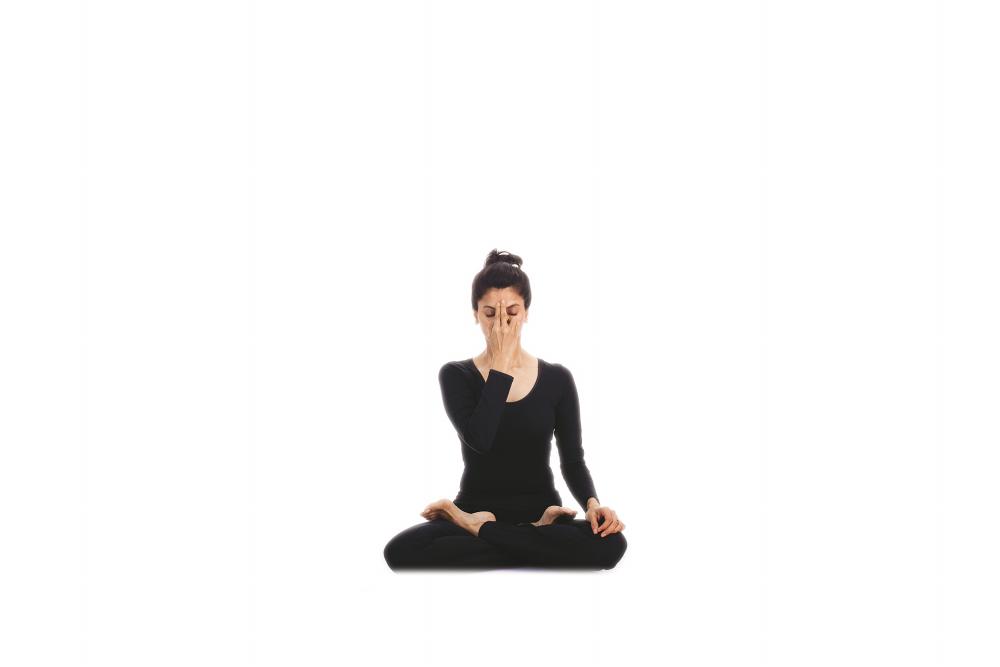
Pranayama in yoga
Shilpa said that posture is of foremost importance in breathing correctly, which is why Asana (yoga postures) precedes Pranayama (breathing) in the eight-limbed path of yoga, known as Ashtanga Yoga.
“If you don’t get the posture right, your breathing will also be affected. One needs to get the posture right first.”
A regulated breathing pattern is important to advance into the higher practices of yoga as breath affects the mind.
“In yoga, we say breath and mind are like horse and rider. The breath is the horse and the mind is the rider. If the horse becomes wild, the rider will be affected and vice-versa,” she said.
In her Integrative yoga classes at Yogshakti in Taman Duta near Bukit Tunku in Kuala Lumpur, Shilpa combines yogic breathing techniques with Asana as she believes it truly empowers the practice, and brings about the integration of the body and mind.
She feels students do not take the time to implement them after Asana practice, and therefore by combining them, students can realise the benefits of both.
Shilpa said in some yoga classes, physical postures are emphasised to the neglect of breath practice, as many students find it less stimulating compared to physical postures.
However, she feels that when one’s breathing improves, physical postures will automatically improve, and more importantly, so will one’s quality of life.
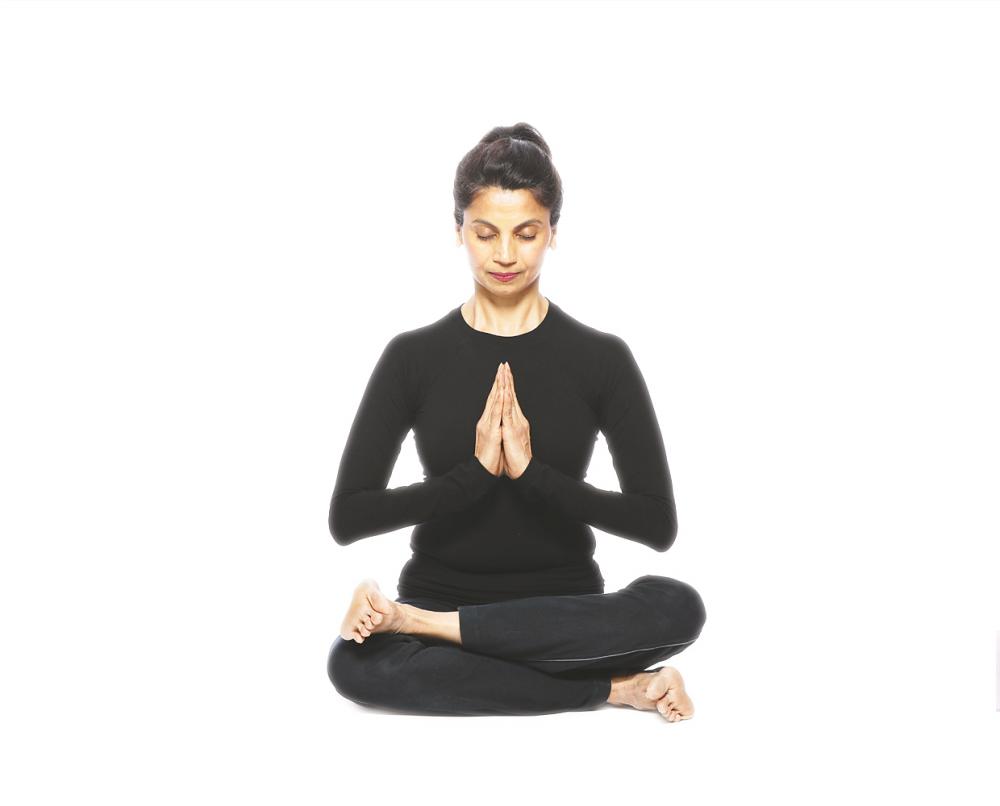
Why is breathing properly so important?
“It’s because breathing connects or integrates the body with the mind. It is a bridge between the inner world and the outer world,” said Shilpa.
To calm the mind, one must first calm the breath.
“We believe that yogic breathing techniques help to normalise and regulate the breathing, and by regulating breathing, you are also regulating your physical, mental or emotional health,” she said.
Regulating your breath and slowing it is essential as in yoga, it is believed that one’s lifespan is measured by the number of breaths one takes. The optimal number of breaths for good health is four to six breaths per minute or even less.
“A yogi takes much less, [just] one or two breaths per minute,” revealed Shilpa.
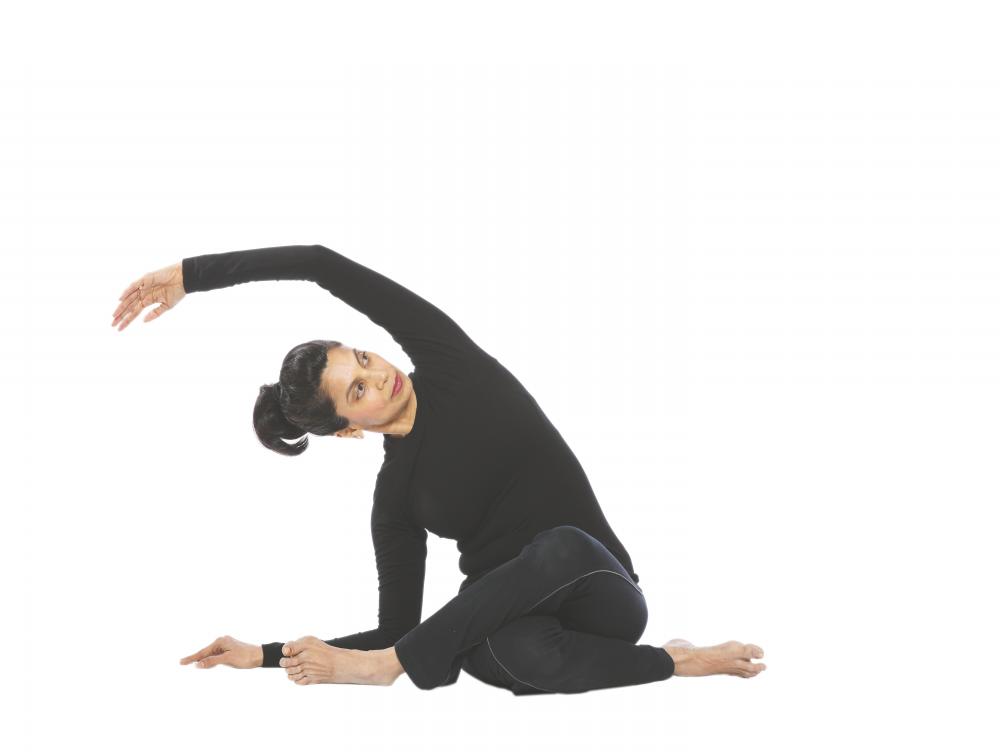
Breathing in yoga
In the practice of yoga, good quality breathing comprises five elements – effortless, calm, smooth, slow and quiet – with no sound, jerks or pauses in the breath. Signs of faulty, irregular breathing include breathlessness, mouth breathing, sniffing, sighing, yawning, visible movement of the chest and audible breathing.
“If you breathe too much and too fast as you do when you are angry or anxious, you are depleting your life force. Breathing too much also leads one to suffer from panic attacks, asthma attacks and compromises one’s immune system,” she said.
Yogic breathing techniques
The yogic breathing techniques energise, calm and still the mind, and these techniques are divided into three categories – energising, balancing and tranquilising.
Benefits of breathing techniques
Shilpa said yogic breathing techniques enhance and improve every aspect of our life – physiologically, psychologically, emotionally and ultimately, spiritually.
Physiologically, breathing correctly improves sleep, digestion and energy while physically, it improves metabolism, bowel movements and sleep. Emotionally, the techniques help us to stay calm, and peaceful, and improve our ability to focus and concentrate.
“Breathing provides fuel for the body, with the lungs being the engines. If they are not working properly, we fail to get the much-needed energy we need for the demands of day-to-day living,” added Shilpa.



